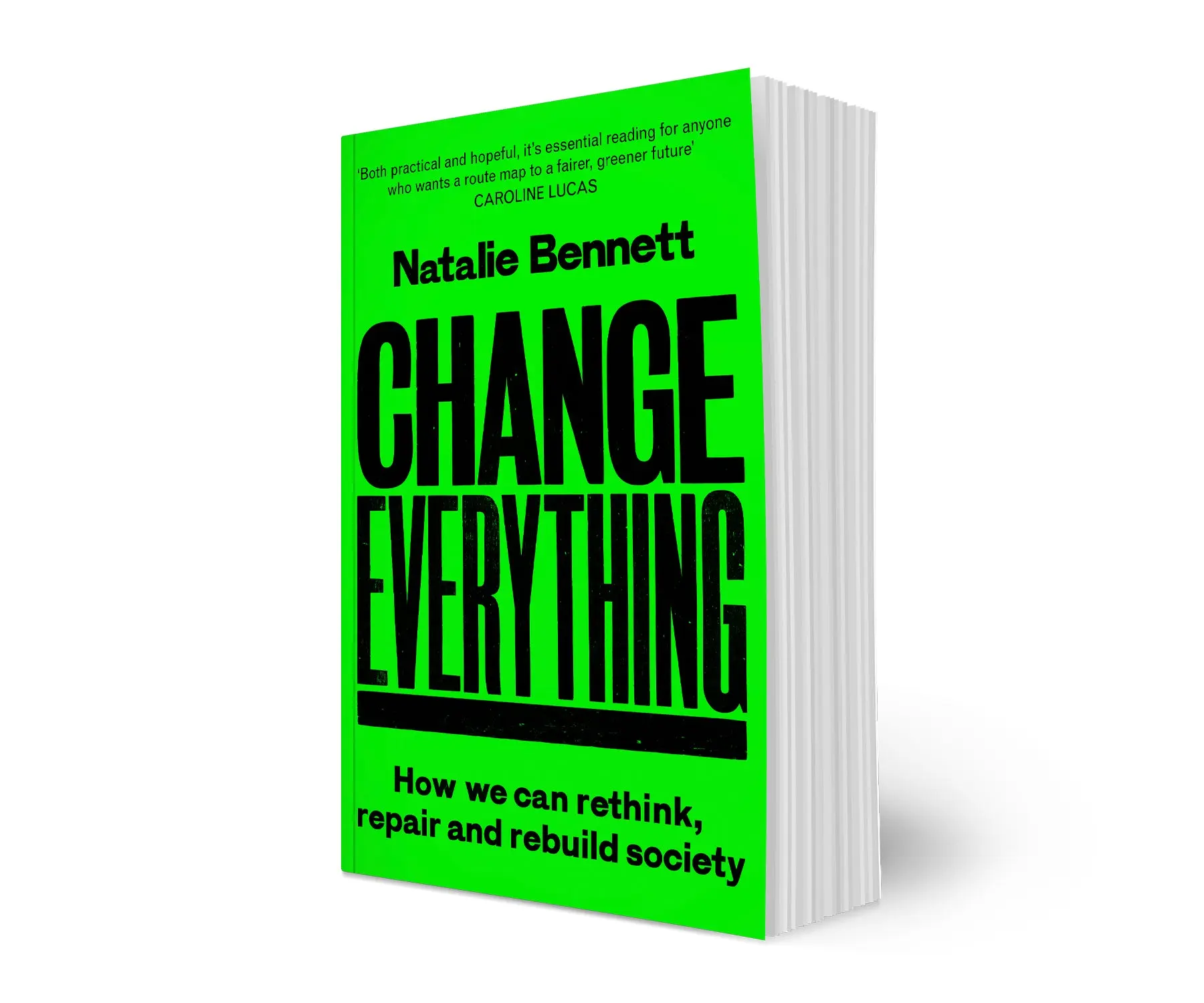I’m accused in the discussion of the new media age below of being insufficiently appreciative of the BBC, which I’ll refute by commenting on the delightful Radio 4 show that I’m (half) listening to now, about the history of negative numbers, going back to the Chinese, which you will (for about the next week) be able to download as an MP3.
But it isn’t perfect – I awoke to the Today programme getting terribly excited about print-on-demand publishing (in the form of an interview with the Lulu owner, as though this was something new and revolutionary. Hello? Where have they been for the last three or more years?
Nonetheless, while I agree the democratic age of media will produce horrors to the equal of those suggested by my commenter clanger – things like those terrible collections of videos of toddlers falling over obstacles that you have to suspect parents have placed in their path for the purpose – there is also nothing to stop a small group of academics getting together and producing a podcast similar to those of In Our Time on negative numbers. Or indeed many academics doing likewise in their specialist subjects. All you’d need is a Skype connection (free) and a bit of very basic technical knowledge.
There could be hundreds, thousands of In Our Times every week, not just one.

 About
About